[press release]
Royal Mail Reveals Images of New Stamps To Mark 150th Anniversary of the Completion of the Palace of Westminster Rebuild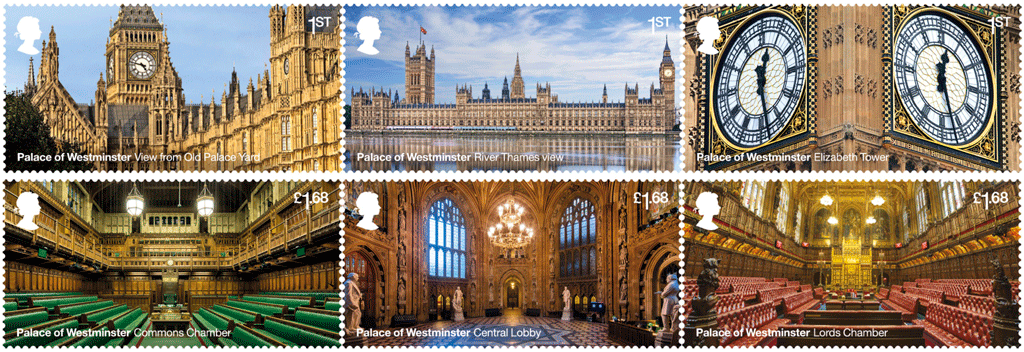
- Royal Mail reveals images of a set of 10 stamps to be issued of the Palace of Westminster – one of the most important and recognisable buildings in the world, as acknowledged by its status as part of a UNESCO World Heritage site
- A devastating fire in 1834 destroyed almost all of the ancient palace – although some significant elements survived – and rebuilding was completed in 1870
- Six stamps feature views of the iconic exterior and interior of the Palace of Westminster: View from Old Palace Yard; River Thames view; Elizabeth Tower; Commons Chamber; Central Lobby; and Lords Chamber
- A further four stamps, presented in a miniature sheet, show interior views of the spectacular architecture and design of the Palace of Westminster: Norman Porch; Chapel of St Mary Undercroft; St Stephen’s Hall; and Royal Gallery
- The Palace of Westminster has around 1,100 rooms, 100 staircases and 4.8km of passageways, spread over four floors
- The full set of 10 stamps, available in a Presentation Pack, retails at £13.00. The stamps and a range of collectible products are available from www.royalmail.com/palaceofwestminster
Royal Mail has announced it is issuing a set of 10 stamps to mark the 150thanniversary of the rebuilding of the Palace of Westminster – one of the most famous buildings in the world and home to the House of Commons and House of Lords.
The issue date is 30 July 2020.
Six stamps feature views of the iconic exterior and interior of the Palace of Westminster: View from Old Palace Yard; River Thames view; Elizabeth Tower; Commons Chamber; Central Lobby; and Lords Chamber.
A further four stamps, presented in a miniature sheet, show interior views of the spectacular architecture and design of the Palace of Westminster: Norman Porch; Chapel of St Mary Undercroft; St Stephen’s Hall; and Royal Gallery.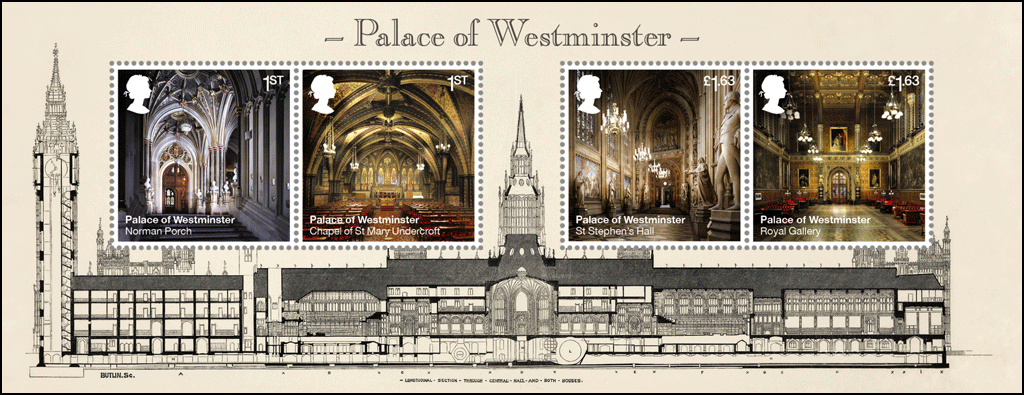
The Palace of Westminster in London is one of the most important and recognisable buildings in the world, as acknowledged by its status, together with the nearby 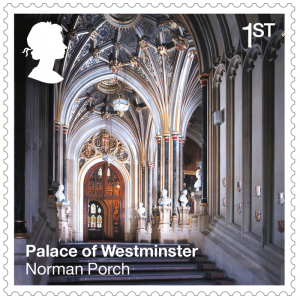 Westminster Abbey, as a UNESCO World Heritage site.
Westminster Abbey, as a UNESCO World Heritage site.
Since the 11th century, the palace has been at the centre of English and, from 1801, the United Kingdom’s monarchical and political life. It has been the setting for many of the dramatic and significant events in the nation’s history, such as the attempt to blow up King James’s Parliament on 5 November 1605, the passing of ground-breaking legislation, such as the Great Reform Act (1832) and the National Health Service Act (1946). It has also been the setting for the state trials of William Wallace, Guy Fawkes and King Charles I, and addresses from major world leaders, including Nelson Mandela.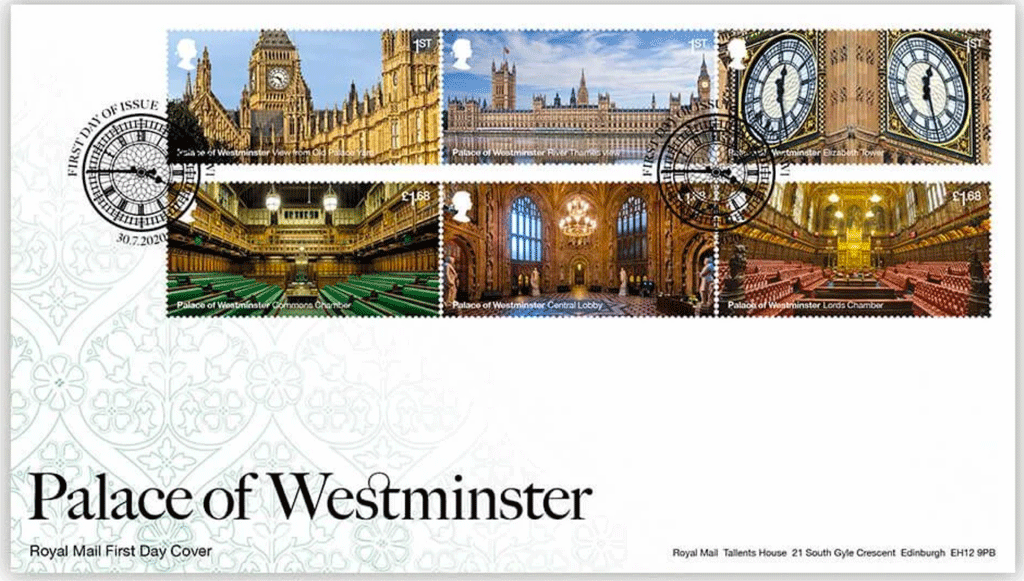
In 1834, the burning of hundreds of surplus exchequer wooden tally sticks in a furnace under the Lords Chamber, was the starting point for the devastating fire that gutted the medieval, Tudor and later buildings of the old palace.
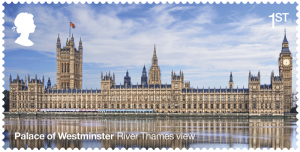 In 1835 a Parliamentary Committee decided that the Palace should be rebuilt.
In 1835 a Parliamentary Committee decided that the Palace should be rebuilt.
Although other locations were considered, it was decided to rebuild on the same historic Thames-side site, with significant surviving buildings – the Westminster Hall, Chapel of St Mary Undercroft and St Stephen’s Cloister – to be included within the scheme.
A design competition was held and won by the architect Charles Barry, with decorative detail provided by the Gothic Revival architect and designer, Augustus Welby Pugin. Following their deaths, the completion of the project was und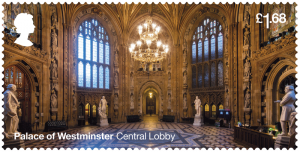 ertaken by Barry’s son, Edward Barry.
ertaken by Barry’s son, Edward Barry.
Rebuilding of the palace was completed in 1870.
The Clock Tower, renamed Elizabeth Tower in 2012 to mark HM Queen Elizabeth II’s Diamond Jubilee, and the striking of the Great Bell, called ‘Big Ben’, are recognised the world over. The first clock tower at Westminster was built 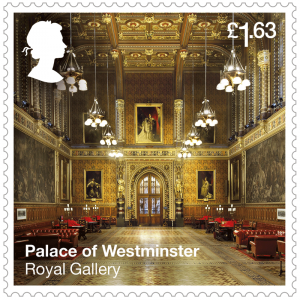 between 1288 and 1290 during the reign of Edward I. There are 399 steps from ground level to the lantern.
between 1288 and 1290 during the reign of Edward I. There are 399 steps from ground level to the lantern.
The Lords Chamber is the most significant interior to be completed as designed by Barry and Pugin, with the throne and magnificent canopy as the centrepiece. The wall paintings, symbolising chivalry, justice and religion, represent the Lords temporal, legal and spiritual, and the bronze figures of the Magna Carta barons of 1215, signify the role played by the Lords in limiting royal power.
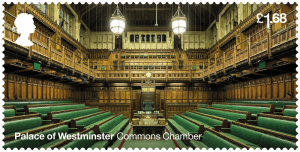 During the Blitz, the palace received several direct hits, and in 1941 the Commons Chamber was destroyed. The new chamber was designed by Sir Giles Gilbert Scott in a modern, pared-down Gothic Revival style, in places using wood from indigenous trees donated by the nations of the Commonwealth.
During the Blitz, the palace received several direct hits, and in 1941 the Commons Chamber was destroyed. The new chamber was designed by Sir Giles Gilbert Scott in a modern, pared-down Gothic Revival style, in places using wood from indigenous trees donated by the nations of the Commonwealth.
The highly ornamented exterior and interiors of the new Palace of Westminster stand as testament to the brilliance of British design, artistry, craft and engineering.
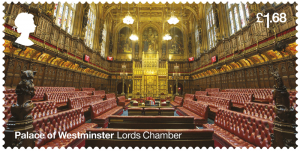 Sir Lindsay Hoyle, Speaker of the House of Commons, said: “Not only is the Palace of Westminster one of the best-known landmarks in the world, it is a living building – a workplace for MPs, peers and staff, as well as a tourist attraction and UNESCO World Heritage Site.
Sir Lindsay Hoyle, Speaker of the House of Commons, said: “Not only is the Palace of Westminster one of the best-known landmarks in the world, it is a living building – a workplace for MPs, peers and staff, as well as a tourist attraction and UNESCO World Heritage Site.
“It has survived whatever nature and the ravages of time could throw at it over the last 150 years – and has been at the centre of societal change – so we are very proud to see its beauty and importance reflected in this series of stamps.
“We look forward to celebrating this important milestone with a range of activities to engage people from across the world.”
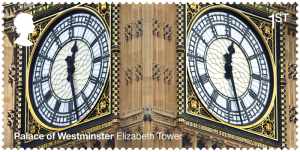 Lord Fowler, the Lord Speaker, said: “For 150 years, this striking and significant building has been a symbol of our democracy, but also a place of important work as the home of the House of Lords and House of Commons.
Lord Fowler, the Lord Speaker, said: “For 150 years, this striking and significant building has been a symbol of our democracy, but also a place of important work as the home of the House of Lords and House of Commons.
“It has been the setting for debate, discussion and law-making that have shaped our country over many decades and continues to be so today in these unprecedented times. “This new set of stamps is a fitting way to commemorate this milestone anniversary in the Palace’s illustrious history.”
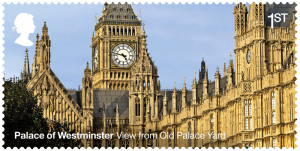 Philip Parker, Royal Mail, said: “The Palace of Westminster is one of the most recognisable buildings in the world. Our new stamps mark the anniversary of the completion of its rebuilding and celebrate the genius of its Gothic Revival architecture and design.”
Philip Parker, Royal Mail, said: “The Palace of Westminster is one of the most recognisable buildings in the world. Our new stamps mark the anniversary of the completion of its rebuilding and celebrate the genius of its Gothic Revival architecture and design.”
The full set of 10 stamps, available in a Presentation Pack, retails at £13.00.
The stamps and a range of collectible products are available at www.royalmail.com/palaceofwestminster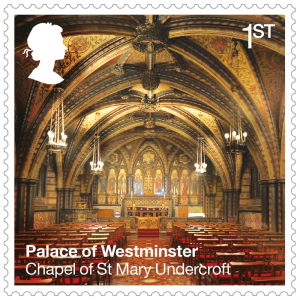
UK Parliament 150 Anniversary Programme of Activities
Reflecting on 150 years of history, UK Parliament is putting on a series of activities this summer to celebrate the Palace of Westminster. This iconic building is both the working centre of the UK Parliament and a symbol of democracy around the world. The programme of activities will include public talks, a competition for children, a new virtual tour of the Palace of Westminster, an online art gallery, and a range of social media activities, including a look at some of the people of Parliament’s favourite rooms. Parliament will also be launching a new online hub with information about the building as a 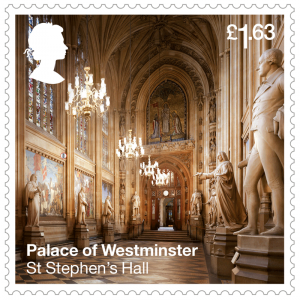 source of knowledge and inspiration for all. A special anniversary section of Parliament’s online shop will also be available – showcasing a collection of products specifically related to the famous building which houses Parliament which include the official guidebook, the encaustic tiles used throughout the Palace, and the popular Palace of Westminster tree ornament.
source of knowledge and inspiration for all. A special anniversary section of Parliament’s online shop will also be available – showcasing a collection of products specifically related to the famous building which houses Parliament which include the official guidebook, the encaustic tiles used throughout the Palace, and the popular Palace of Westminster tree ornament.



